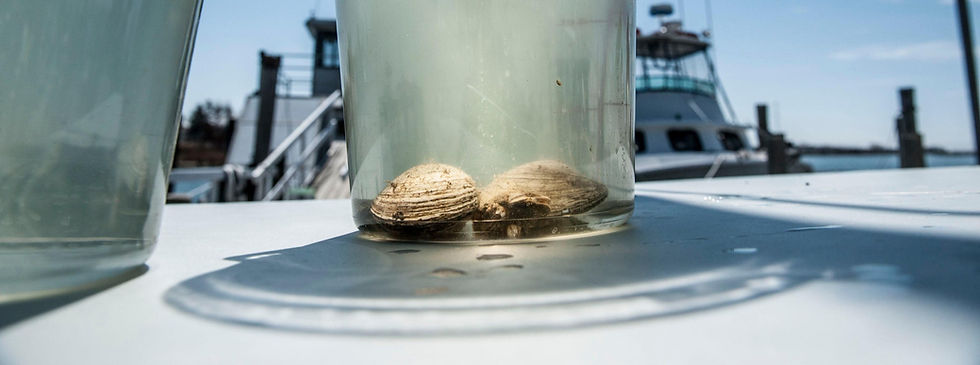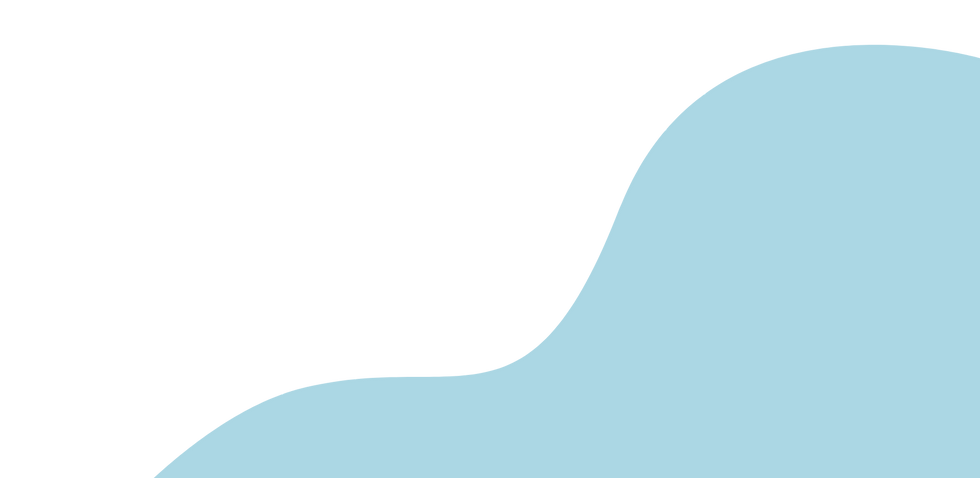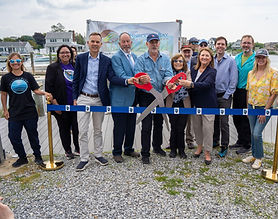
Broader Impact
Ecological Impacts
Increased filtration and reduction of harmful algae blooms
Filtration rates by clams decreased from three weeks to 8.5 days in western Shinnecock Bay since the beginning of ShiRP, bringing a significant level of biological control.
Seventh consecutive year without dense brown tide
Six consecutive years without any brown tide; longest such stretch since 1978.
Six consecutive years without a rust tide in western Shinnecock Bay


Significant increases in water clarity and seagrass abundance
Significant increases in catch per unit effort of fish abundance based on a twelve year standardized survey

.jpg)
Chris Paparo, Fish Guy Photos
Evidence that the western bay’s biodiversity, the part of the bay that was most degraded, is improving to match the high biodiversity found in the east.
Economic Impact and benefits to baymen
Increased clam populations
The spawner sanctuaries have achieved their goal of repopulating hard clams throughout the bay, well beyond the closed areas.
This has been a big boon to local baymen, who have harvested shellfish in Shinnecock Bay for generations .


Restoration to pre- brown tide levels
Landings of hard clams in Shinnecock Bay are now back at pre-brown tide levels (1980). This is the largest increase in hard clam landings for any estuary on Long Island, surpassing Great South Bay, which is ten times larger.

_edited.jpg)
Big economic benefits
Landings have increased 20-fold, which corresponds to approximately $4.5M in income (dockside revenue) for baymen and >$45M in total seafood product revenue since 2015.
.jpg)
Student Impact
The ShiRP program has funded the successful completion of:
-
19 Master of Science degrees
-
12 PhD degrees
Dozens of graduate and undergraduates have participated in ShiRP for credit or in paid positions, and that hundreds of SoMAS students have learned about ShiRP through various graduate and undergraduate courses.

Policy Impact


New York State’s Long Island Shellfish Restoration Program was co-developed by the Gobler Lab and modeled after ShiRP

Oyster reef and eelgrass methods have been transferred to other estuaries
Global Impact
Shinnecock Bay designation as a hope spot
“Shinnecock Bay is an ideal example of a once degraded bay that has shown significant recovery due to restoration efforts. It is a beacon of hope that shows the world that if we use science, if we work hard, and if we’re persistent, we can undo some of the damage that's been done.”
– Ellen Pikitch


